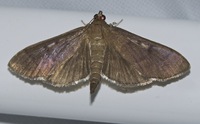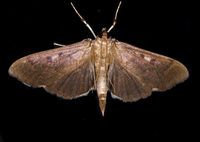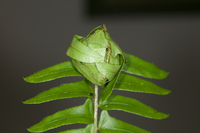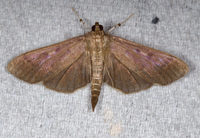
| Recorded by: Jim Petranka on 2025-09-10
Madison Co.
Comment: | 
| Recorded by: Jim Petranka and Becky Elkin on 2025-07-26
Madison Co.
Comment: |

| Recorded by: David George, David Bradley, Becky Watkins, David Cheng, Michelle Lotker, Tracy Feldman, et al. on 2025-06-28
Durham Co.
Comment: | 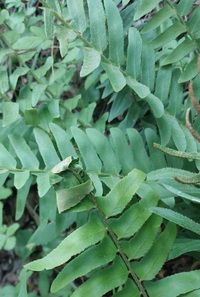
| Recorded by: Mark Basinger, Jim Petranka, and Becky Elkin on 2025-06-25
Mitchell Co.
Comment: |

| Recorded by: Mark Basinger on 2025-06-22
Buncombe Co.
Comment: | 
| Recorded by: K. Bischof on 2025-06-21
Transylvania Co.
Comment: |
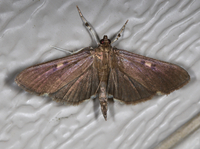
| Recorded by: Jim Petranka on 2025-06-17
Madison Co.
Comment: | 
| Recorded by: David George, Jeff Niznik on 2024-09-21
Chatham Co.
Comment: |

| Recorded by: Jim Petranka on 2024-09-11
Madison Co.
Comment: | 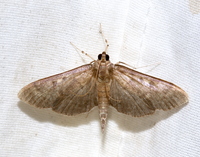
| Recorded by: Jeff Niznik, David George on 2024-09-07
Alamance Co.
Comment: |
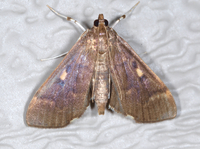
| Recorded by: Jim Petranka on 2024-09-02
Madison Co.
Comment: | 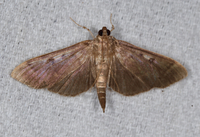
| Recorded by: Jim Petranka on 2024-08-30
Madison Co.
Comment: |

| Recorded by: Jim Petranka on 2024-08-22
Madison Co.
Comment: | 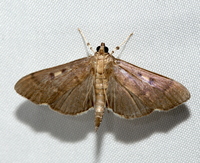
| Recorded by: David George, Jeff Niznik, Kenneth Geisert, David Bradley, Julie Tuttle, Patrick Coin, Kaitlyn Elliott, Becky Watkins on 2024-08-17
Durham Co.
Comment: |
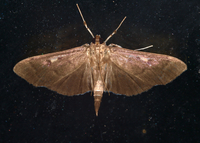
| Recorded by: Jim Petranka on 2024-08-11
Madison Co.
Comment: | 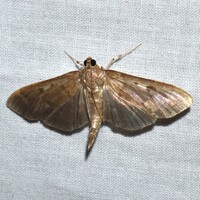
| Recorded by: David George, Jeff Niznik, Kevin Bischof on 2024-08-07
Transylvania Co.
Comment: |
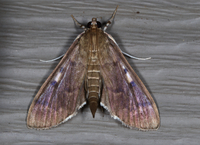
| Recorded by: Jim Petranka on 2024-08-04
Madison Co.
Comment: | 
| Recorded by: Mark Basinger on 2024-08-03
Mitchell Co.
Comment: |
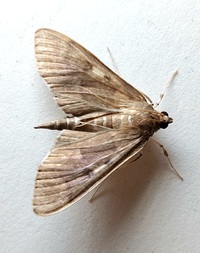
| Recorded by: Mark Basinger on 2024-08-03
Mitchell Co.
Comment: | 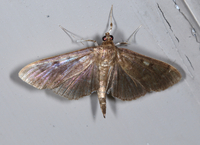
| Recorded by: Jim Petranka on 2024-07-26
Madison Co.
Comment: |
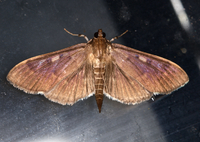
| Recorded by: Jim Petranka on 2024-07-25
Madison Co.
Comment: | 
| Recorded by: K. Bischof on 2024-07-14
Transylvania Co.
Comment: |

| Recorded by: Jim Petranka and Becky Elkin on 2024-07-11
Madison Co.
Comment: | 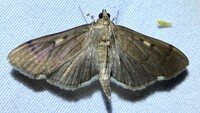
| Recorded by: Dean Furbish, Lior S. Carlson on 2024-06-25
Orange Co.
Comment: |

| Recorded by: Mark Basinger on 2024-06-23
McDowell Co.
Comment: | 
| Recorded by: David George, Stephen Dunn, Jeff Niznik, Patrick Coin on 2024-06-22
Chatham Co.
Comment: |
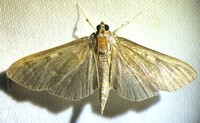
| Recorded by: Dean Furbish, Lior S. Carlson on 2024-06-17
Lincoln Co.
Comment: | 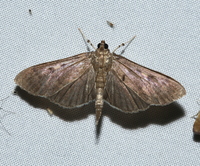
| Recorded by: David George, Steve Hall, Patrick Coin, Mark Basinger on 2024-06-16
Chatham Co.
Comment: |
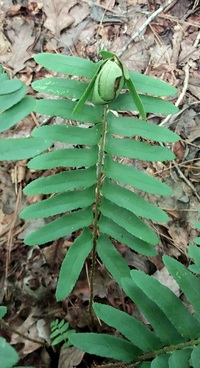
| Recorded by: Mark Basinger and Scott Salger on 2024-06-01
Chatham Co.
Comment: | 
| Recorded by: David George, Steve Hall, Gary Perlmutter, Blanka Aguero, Meriel Goodwin, Lisa Gatens on 2024-04-22
Chatham Co.
Comment: |
|

 »
»